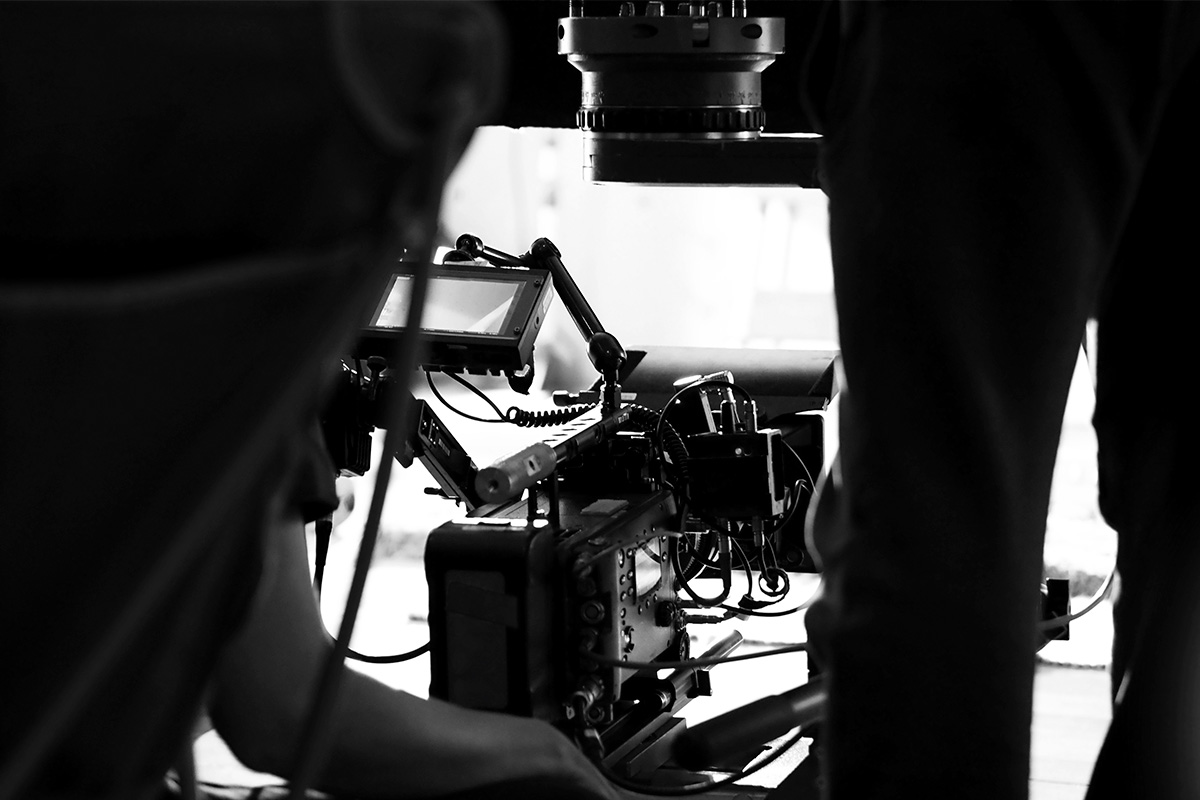
Video Production Agencies: Lessons from Film Pioneers
In 1925, Sergei Eisenstein changed the game with a scene from Battleship Potemkin—the famous “Odessa Steps” sequence. By quickly cutting between shots of soldiers marching and civilians running in panic, he created a rhythm that turned a simple scene into one filled with intensity and urgency. It is a classic example of montage, a technique Eisenstein used to provoke a reaction from his audience in just a few seconds. But why should video production agencies care about a 100-year-old technique? Because, much like Eisenstein’s films, corporate videos today use fast-paced editing to grab attention and quickly get to the point. Whether it is a brand video or a product launch, the idea of packing emotion and meaning into a short, impactful sequence is just as important now as it was back then. In this article, we are going to explore how the techniques of filmmakers like Eisenstein, Stanley Kubrick, John Ford, and others still influence the way we produce corporate videos. From their innovative approaches to editing and visuals, to the way they built narratives, these pioneers shaped the videos we create today.
D.W. Griffith: The Master of Editing and Storytelling
D.W. Griffith is often regarded as one of the first directors to establish fundamental editing techniques that are still in use today. Griffith’s innovative use of crosscutting, or parallel editing, allowed him to weave together multiple narratives within a single film. This method, most notably seen in The Birth of a Nation (1915), not only heightened tension but also helped viewers follow different storylines at the same time.
In modern corporate video production, this technique is commonly used to illustrate contrasting elements or bring different perspectives into focus. For instance, a promotional video might juxtapose the experience of a client with that of the product development team, making the message clearer and more dynamic.
Griffith also played a major role in popularising the use of close-ups to convey emotional depth. In corporate videos, close-ups can help establish a personal connection with the viewer, whether through a customer testimonial or an interview with a business leader. Video production agencies still rely on this technique to establish intimacy and highlight important moments in a narrative.
John Ford: The Master of Visual Composition
John Ford is known for his skill in using wide shots and creating expansive, immersive environments. His signature style in Westerns, where vast landscapes often become characters themselves, brought a unique sense of space to the film medium. For Ford, every visual element had a purpose and was framed to elicit certain emotions, whether it was isolation, grandeur, or hope.
In the world of corporate video production, Ford’s focus on visual composition is still highly relevant. Corporate videos often need to capture the viewer’s attention quickly, and the strategic use of visuals to establish a mood or theme is essential. For example, showing a company’s global operations through wide shots of various offices or manufacturing plants can help create a sense of scale and importance. Video production agencies draw on Ford’s visual strategies to create videos that both inform and captivate.
Howard Hawks: Innovation Across Genres
Howard Hawks was a filmmaker who thrived on versatility, seamlessly moving between genres such as Westerns, comedies, and thrillers. What made him so unique was his ability to adapt his storytelling to fit any genre while maintaining a consistent level of excellence. This flexibility allowed him to innovate and experiment, shaping the way films were made.
When it comes to corporate video production, Hawks’ ability to adapt his approach to the needs of the story is mirrored in the variety of content companies now create. From promotional videos and commercials to training videos and internal communications, the techniques Hawks pioneered are used in a range of corporate videos. Whether a company is creating an educational video for employees or a light-hearted promotional ad for social media, video production agencies take a page out of Hawks’ book, ensuring that the right tone and pacing are matched to the content’s objectives.
Stanley Kubrick: A Visionary of Cinematic Detail
Stanley Kubrick is well known for his groundbreaking visuals, his emphasis on precise composition, and his innovative use of camera techniques. Kubrick’s films, from 2001: A Space Odyssey to A Clockwork Orange, often involved extensive planning and highly controlled environments to ensure every shot was perfect. His ability to create eye-catching images with symbolic meaning is a hallmark of his work.
Video production agencies today look to Kubrick’s work as a source of inspiration for creating videos that have a prolonged influence. In a corporate setting, this might mean using specific lighting techniques or camera angles to create a certain mood or to highlight a product’s features in the most engaging way possible. Kubrick’s influence is evident in the emphasis that today’s video production agencies place on achieving high standards of quality and artistic vision.
Sergei Eisenstein: Revolutionising Film Editing
Sergei Eisenstein is perhaps most famous for his development of the montage theory, which revolutionised film editing. His film Battleship Potemkin (1925) is a prime example of how quick, rhythmic editing can elicit emotional responses from the audience. Eisenstein’s use of montage was revolutionary because it used the juxtaposition of images to build meaning, rather than relying on a continuous narrative structure.
This editing technique has had a lasting influence on corporate video production, especially in the fast-paced world of online content. Short, punchy videos, often used in marketing or social media campaigns, rely heavily on editing techniques inspired by Eisenstein’s montage. Video production agencies commonly use fast cuts, rhythmic pacing, and dramatic contrasts between images to convey strong emotions or create excitement in viewers.
Akira Kurosawa: Master of Visual and Narrative Craft
Akira Kurosawa was a master at combining visual composition with deep narrative complexity. His use of dynamic shots and innovative editing, often influenced by Westerns and samurai films, elevated his work to a level of universal appeal. Kurosawa’s ability to blend strong character development with visually rich scenes made his films stand out.
In the corporate video world, Kurosawa’s influence is seen in how companies blend rich visuals with their messages. Corporate videos today are not just about relaying information; they are about creating a strong connection between the brand and the viewer. Kurosawa’s approach to developing characters and weaving them into the fabric of the narrative continues to inspire video production agencies in how they approach corporate stories. Whether through a customer’s journey or a company’s evolution, the ability to emotionally invest the viewer is a technique video production agencies frequently draw from.
Conclusion
The evolution of corporate video production has been shaped by many cinematic pioneers who pushed the boundaries of what film could achieve. D.W. Griffith’s editing techniques, John Ford’s masterful compositions, Howard Hawks’ versatility, Stanley Kubrick’s detailed vision, Sergei Eisenstein’s innovative editing, and Akira Kurosawa’s ability to combine narrative and visual craft have all left their mark on the modern corporate video.
For video production agencies, the techniques developed by these filmmakers provide a framework for creating videos that deliver information effectively, while also using visuals and editing to keep the audience’s attention.The lasting influence of these filmmakers reminds us that even the most modern corporate videos owe a debt to the past, proving that innovation often starts with inspiration.
Inspired by the greats? At Sound Idea Digital, we take those timeless techniques and apply them to create modern corporate videos that speak to your audience. Get in touch with us today to explore how we can help with your next video project!
We are a full-service Web Development and Content Production Agency in Gauteng specialising in Video Production, Animation, eLearning Content Development, Learning Management Systems, and Content Production.
Contact us for a quote. | enquiries@soundidea.co.za | https://www.soundideavideoproduction.co.za| +27 82 491 5824 |

